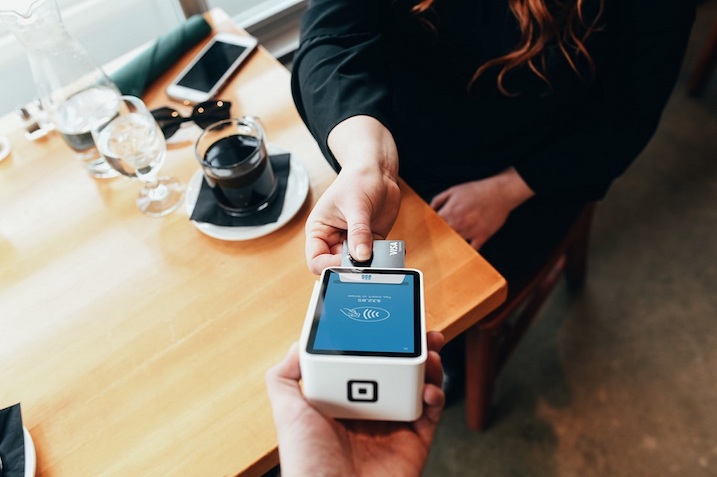You have more unhappy customers than you think
by Jennifer Taylor on 22 December 2016 , updated on 27 July 2023

Do you keep track of your unhappy customers by monitoring their complaints? Do you believe that your most loyal customers are also the most satisfied? Do you evaluate your loss of customers by monitoring your attrition rate? Then there is a good chance that your numbers are wrong and that you have more dissatisfied customers than you think you do.
Count 25 dissatisfied customers for each complaint
For each dissatisfied customer who contacts your company to complain, 25 remain silent. This is one of the findings by a study by TARP (now CX Solutions) from 1999, but it is still true today. This means that 96% of your dissatisfied customers keep quiet. These may be customers who temporarily stay loyal to your company as they have no better option, but for how long?
Your loyal customers are not necessarily happy
Mixing up customer satisfaction and loyalty is a common mistake. While loyalty is a behavior and represents the fact that a customer continues to consume your goods and services, customer satisfaction is a subjective state, a mixture of emotions, thoughts and memories associated with your brand. It can be globally positive or negative. So a loyal customer may not be satisfied with his or her experience with your brand, but still continue to visit your brand for various reasons: lower prices than your competitors, better location, products he or she can’t find anywhere else… The problem ? They will always spend less than a satisfied customer and risk leaving you for the competition as soon as the opportunity arises.
How much are your unhappy customers costing your business ?
According to Accenture, unhappy customers cost companies around the world nearly $ 6 billion every year. This is hardly surprising when one knows that a dissatisfied customer will tell an average 9.5 people, and that 13% of them will tell more than 20! Of course, not everyone will leave your brand as a result of these comments, but they are negative words that will be unconsciously associated with your brand. They may discourage those who do not yet know you from testing your services and entice your passive customers, who are only moderately satisfied, to turn to the competition. And a lost customer can be a very costly business. A loyal customer is said to be worth an average 10 times more than his first purchase! (Source: White House Office of Consumer Affairs)
How to identify unhappy customers
In two words, be proactive! The only real way to find out who your dissatisfied customers are is to ask them directly, with automated satisfaction surveys for example. By surveying your customers after each interaction with your brand, you will find out in real time who your less satisfied customers are, as well as the precise reasons explaining their dissatisfaction. Integrating an NPS®* question with your satisfaction questionnaire will allow you to categorize your customers into three distinct categories (promoters, passive customers and detractors), so you can easily adapt your communications and offerings to each of them.
Share this
Related blog posts

Five types of dissatisfied customers and the best way to deal with them

External factors that influence customer satisfaction

.png?width=9900&height=2126&name=wizville_logo_couleur_fond_blanc%20(1).png)